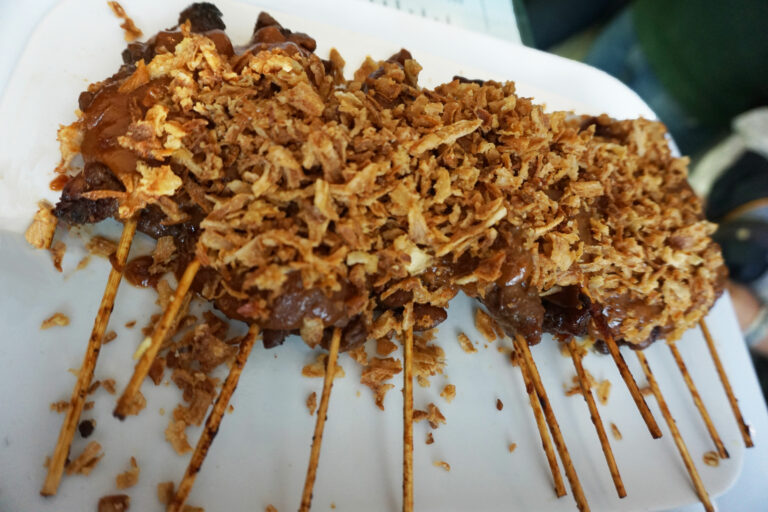Introduction: Surinamese Cuisine
Suriname is a small country located in South America, bordered by Guyana, French Guiana, and Brazil. Surinamese cuisine is a fusion of various cultures, including African, Indian, Dutch, and Indonesian, among others. As such, Surinamese dishes tend to be flavorful, bold, and diverse. The country’s cuisine is known for its extensive use of spices, herbs, and exotic ingredients, making it a fascinating culinary experience for travelers and food enthusiasts alike.
Surinamese Desserts: A Sweet Tooth’s Paradise
When it comes to desserts, Suriname has a lot to offer. The country has a rich tradition of sweet treats that showcase the diversity of its culinary influences. From classic desserts like Bojo to more contemporary ones like Pinda Cake, Suriname has something for every sweet tooth. Surinamese desserts are often characterized by their use of tropical fruits, spices, and coconut, giving them a unique and unforgettable taste.
Bojo: A Classic Surinamese Dessert
Bojo is a classic Surinamese dessert made with grated cassava, coconut, and sugar. The dish often contains spices like cinnamon, nutmeg, and cardamom, which give it a warm and aromatic taste. Bojo is typically baked in banana leaves and served in small portions, making it a perfect treat for sharing. The dessert is a popular choice for special occasions and celebrations, such as weddings, birthdays, and holidays.
Bara: The Must-Have Snack for Sweet Lovers
Bara is a popular Surinamese snack made with split peas, spices, and herbs. The snack is often served with chutneys and sauces and can be eaten as an appetizer or a light meal. Bara is an excellent choice for sweet lovers, as it can be filled with a wide range of flavorful toppings, including shrimp, chicken, and vegetables. The snack is a must-try for anyone looking to explore Surinamese cuisine and experience its bold flavors.
Pinda Cake: Surinamese Peanut Butter Delight
Pinda Cake is a Surinamese dessert made with peanut butter, sugar, and flour. The dessert is often baked in a rectangular pan and cut into small squares, making it a perfect snack for sharing. Pinda Cake is known for its rich and nutty taste, which is enhanced by the addition of spices like cinnamon and vanilla. The dessert is a popular choice among locals and visitors alike, and no trip to Suriname is complete without trying it.
Conclusion: Exploring Surinamese Desserts and Sweets
Suriname has a rich culinary tradition that is reflected in its diverse range of desserts and sweet treats. From classic desserts like Bojo to contemporary snacks like Pinda Cake, Surinamese cuisine has something for everyone. The country’s desserts showcase the influence of various cultures, making them a unique and fascinating culinary experience. If you ever find yourself in Suriname, be sure to indulge in some of its delicious desserts and sweets.

